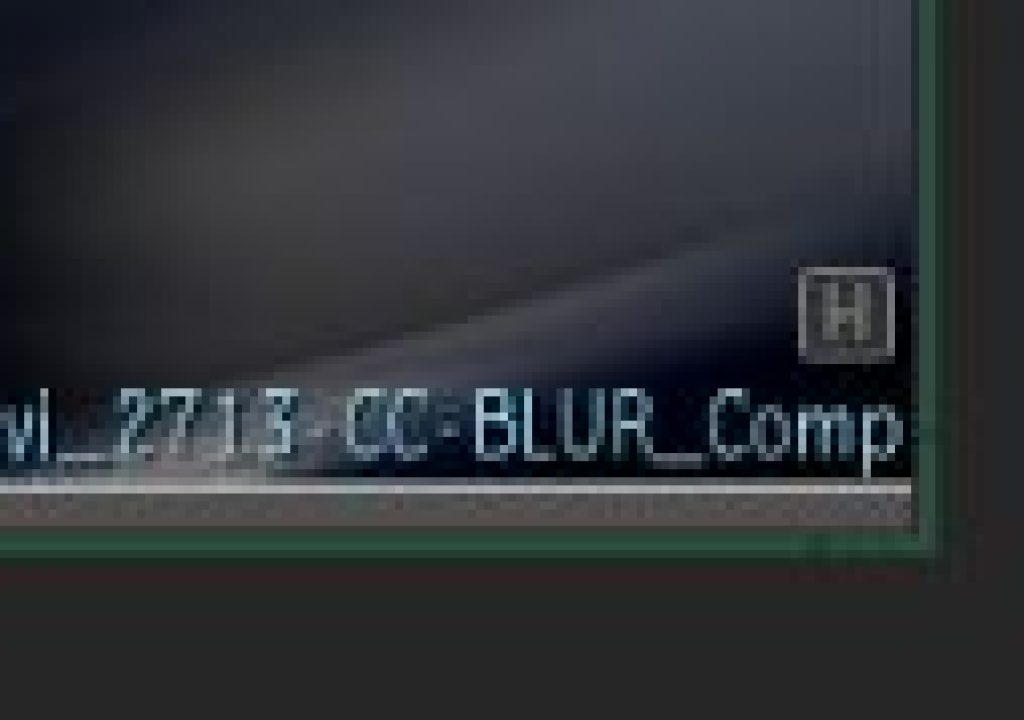History is a feature in Smoke that keeps track of the operations that you perform on a clip, so that it can be recalled and revised later. It not only keeps track of the setups and keyframing, but also the clips used in making the final result. This is what I find really special.
“We are not makers of history. We are made by history.” – Martin Luther King Jr.
When I am editing and creating, I just want to think about getting the look I want and not have to worry about how I need to organize and save my setups or clips. In fact, I am normally editing so fast in a broadcast environment, that I barely save any effect setups. You can blame my workflow or the deadlines, but with Smoke, it’s all good. I have never lost a setup because I only relied on History. The metadata being embedded with the clip is transparent, and effortless. You don’t have to do anything but turn it on. When you process an effect on a clip or build a composition with multiple clips and effects, all of the clip data and effects setups get saved and tucked away under a little [H].
All of this metadata is embedded in the result clip… all hidden in a little [H] icon.
Metadata is the new hot thing in post production, Autodesk and Smoke have been dealing with metadata, and incorporating it into background features like History for years. Smoke has a very robust and stable clip database. It’s this powerful database that makes History as powerful as it is. In fact, even if you would have a drive failure and you lost your framestore and all of your processed clips… Clip History and the underlying metadata can relink your media, and reprocess your effects.
“Those who do not learn from history are doomed to repeat it.” – George Santayana
When you look at the History View [CTL+F5] of a selected clip in the timeline, you will see every module and process that clip went through as well as any other clip that was involved in those processes.
You can click on any point in the process tree, and that module will be opened and the setup loaded. You can then make any modifications to that setup and when you exit, the remaining upstream process will reprocess with the new information. When all of the upstream processes are finished, you are returned back on to the timeline, and your new clip is in place in your edit. It’s very transparent and seamless.
A practical example would be if you created an end tag for a promo spot that said “Monday at 11PM” and had a nighttime city shot. With Smoke’s Clip History, you could enter the Text module, revise the type to say “Today at 5pm”, and change the night shot to a daytime shot. History makes versioning fast and easy.
Processing clips with History can use up more framestore since all sources and intermediate renders will be saved. There are however, some Preference setting that you can use to manage your how History deals with the intermediate frames.
Click here to see Part II

